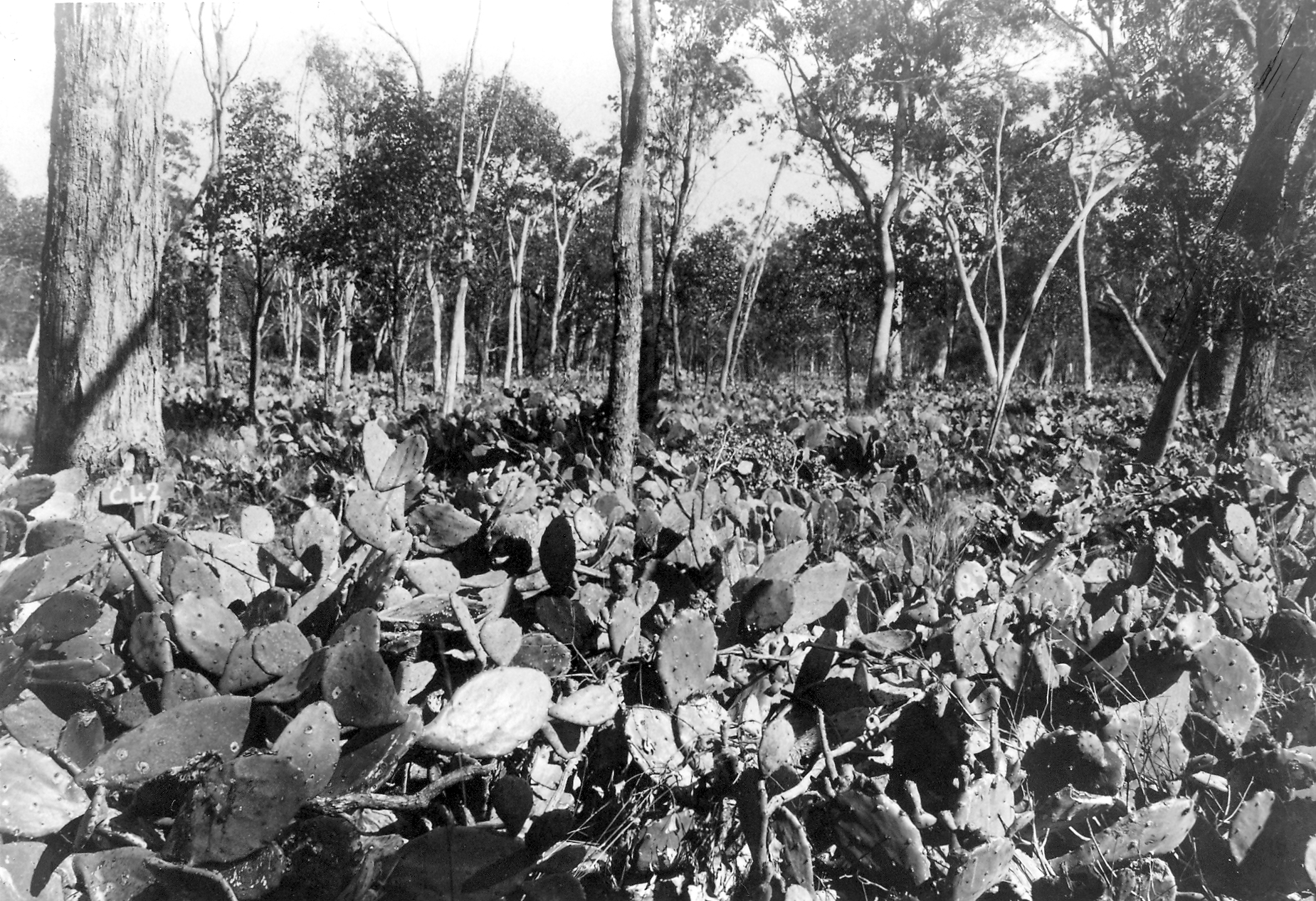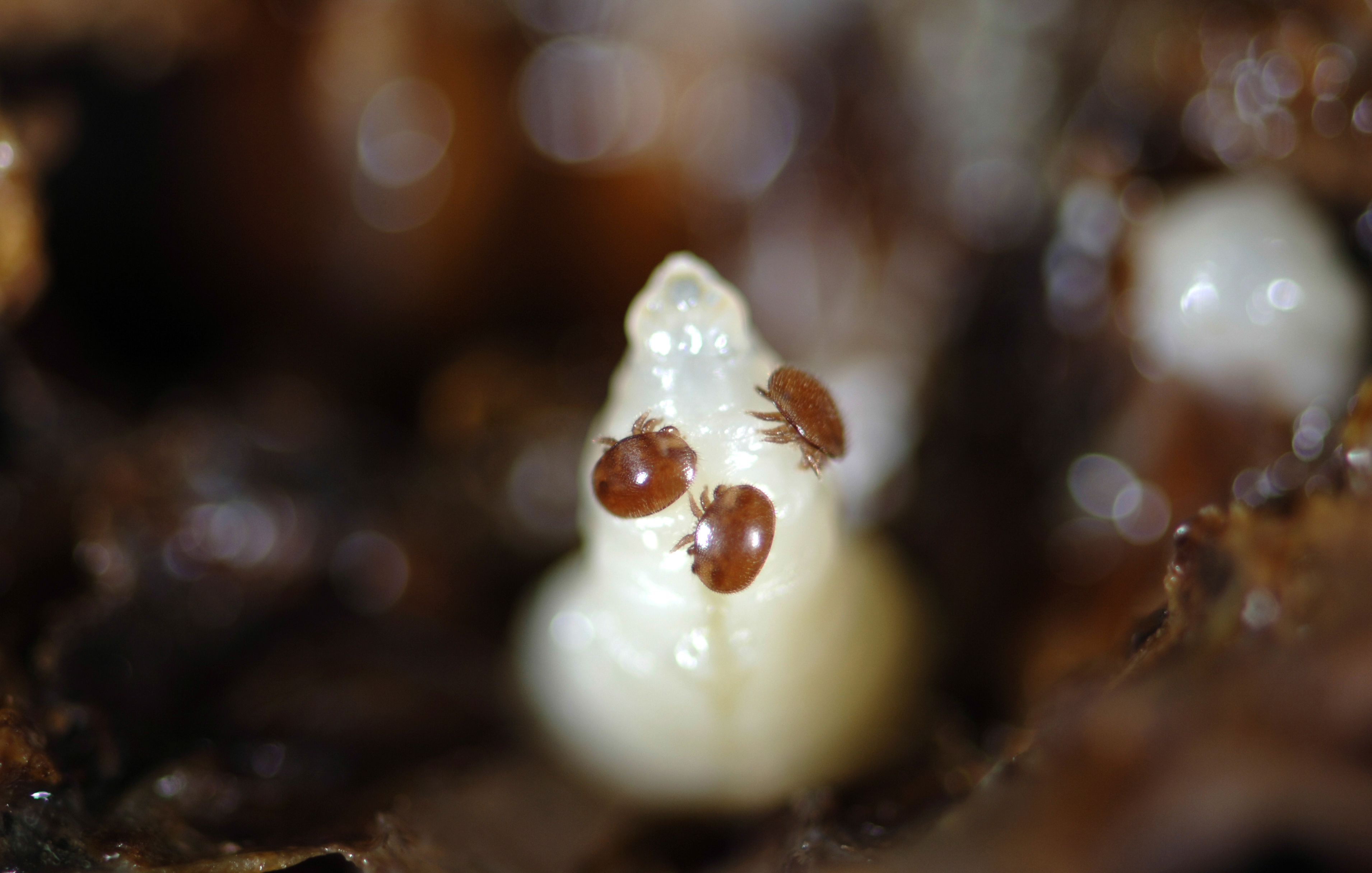By Simon Barry

Image: Freedigitalphotos.net
Effective biosecurity protects Australia’s environment and industries, but managing risk is an uncertain business. That’s why we need statistics.
Australia’s physical isolation has fostered the development of an amazing diversity of unique plants and animals, and has protected us from many serious pests and diseases that circulate around the world.
But we’re also a nation of traders — our prosperity is built on the import and export of goods and services.
With trade, however, can come exotic pests and diseases that have significant impacts on agriculture, the environment and economy.
In Australia’s history, a number of iconic examples are etched in the national psyche.
Rabbits were introduced into Australia several times, beginning with the First Fleet in 1788. Once established, they multiplied rapidly reaching plague proportions last century. They, in combination with introduced red fox and feral cat populations they support, are suspected of being the main cause of species loss in Australia.
The cactus prickly pear (Opuntia sp.) was introduced to Australia to start a cochineal dye industry. It spread quickly and at its height infested 24 million hectares of farmland with severe impacts on our agriculture.

A prickly pear site before treatment with Cactoblastis cactorum (View a comparison of before and after)
While the community narrative is often framed around fear of invasion and potentially catastrophic consequences, the policy challenges are more complex and diffuse.
Decision makers need to assess risks of importation of different goods and materials against their possible benefits. They need to design surveillance systems to manage unacceptable risks; to certify that our exports are pest free; to predict their spread and impact when incursions of pests occur.
All of this is done against a backdrop of uncertainty.
Which species will successfully establish can be difficult to predict – impacts of exotic pests in agricultural systems may be predictable in some circumstances, but their environmental impacts are more uncertain. The linkage between biosecurity, trade and market access means that stakeholders may have a vested interest in the process. And the data required to predict accurately how successfully pest species establish here are limited or in most cases thankfully non-existent, so secondary sources, such as observations in other countries need to be used.
This is where statistics helps inform our decisions.
Statistics deals naturally with uncertainty and explicitly considers one of the most fundamental scientific questions: What can we logically infer about the world based on limited data?
It can support the development of established methodologies, such as assessing biological control agents, but it also opens up the possibility of using other existing and new data streams such as citizen-science collected data and genomics.
When these are combined with new algorithms and high performance computing, a range of exciting new opportunities arise that mean we’re better placed to tackle these issues than ever before.
For example, we are using these new computational informatics approaches to analyse whether or not red foxes have been eradicated in Tasmania.

European red fox (Vulpes vulpes). Image: Liz Poon/CSIRO
Hard data is limited to a handful of fox carcasses discovered by members of the public, some footprints, a skull, DNA extracted from fox scats (poo) and blood found at the site of a chook pen raid from an unsighted predator.
As of 2010, the distribution of fox DNA-positive scats suggested a widespread fox population.
We’ve analysed the fox sighting data using a new statistical method known as approximate Bayesian computation, which uses computers to simulate millions of different plausible scenarios for the introduction and growth of the fox population.
Our analysis of the data up until 2013 provides different conclusions — that the introduced fox population is most likely extinct, or small and probably demographically weak.
Rather than worry us, the conflict between this result and the analysis based on scats is a healthy one and will drive research efforts to reconcile these differences.
We’re also using statistic to monitor the risk of pests and diseases which threaten Australia’s honeybee industry and many horticultural industries that rely on bees for pollination.
Australia is one of the only countries free of the mite Varroa destructor. Varroa has had a huge impact on global beekeeping as bee populations overseas have been decimated. Thankfully, it has yet to reach Australia and here is a need for early detection so that eradication could begin.

A European honey bee prepupa with varroa mites
We are using shipping data from the Lloyds registry and interception data on exotic bees and bee pests from Australian quarantine officers to resolve the relative risk of different overseas locations and the reduction of this risk due to journey duration.
Effective biosecurity will continue to be important in maintaining the efficiency of Australian agricultural industries and to protect the environment.
These two examples demonstrate how mathematical and statistical sciences play a key role and Australia is well placed to innovate in this area.
Join the Conversation: #bflaunch
We’re hosting A Planet at Risk: Bioinvasion and Biosecurity workshop in Canberra in September. Visit the website for more details.
About the Author
 Dr Simon Barry is Program Leader of Environmental Informatics, CSIRO Biosecurity Flagship.
Dr Simon Barry is Program Leader of Environmental Informatics, CSIRO Biosecurity Flagship.
Simon uses his expertise in modelling and monitoring methodologies to lead research projects with the aim of helping environmental resource managers and stakeholders understand what resources we have, their quality and how to manage them for sustainability.

